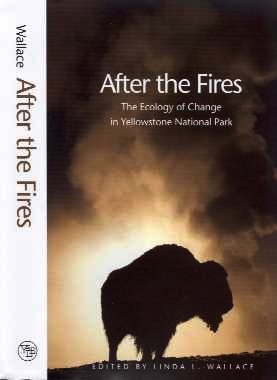
The work going on in my laboratory is varied but is progressing along one major theme. We are interested in the grazer/plant interaction at a number of different temporal and spatial scales. First, at the individual plant scale, we have examined the morphological and growth
 |
| Dr. Linda Wallace |
|---|
 |
We are now interested in the mechanistic aspect of compensation. How is it triggered? Why is it exhibited by only certain species? What do these species have in common, i.e., is it a plant-centered phenomenon, or is it due to interactions that take place at the community or ecosystem scale? Recent work has shown that compensating species support a greater number of mycorrhizal symbionts than noncompensating species.
At the larger scales, we are looking at the spatial aspects of herbivory. First, we are interested in how different spatial patterns of herbivory influence the competitive abilities of plants. In addition, we are looking at the spatial patterning across landscapes to determine how that influences large ungulate herbivore movements and grazing choices.
If, for example, an area was burned, larger amounts of higher quality forage would be produced and ungulates should focus on that space. Those plants would be grazed more intensively and their ability to compensate may be compromised. However, recent data indicate that this is not the case and that these grazed patches are areas in which nutrient flow is much more rapid.
Future work will continue to focus on these questions. The ecosystems in which we are currently working are the northern grasslands of Yellowstone National Park and the tallgrass prairie of the Wichita Mountains. Due to an extensive data base that has been accumulated in these regions, we are now starting collaborative modeling efforts that will scale up the mechanistic single-species information to community, ecosystem and landscape scales.
For more information about this program, contact the Department.